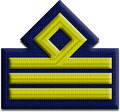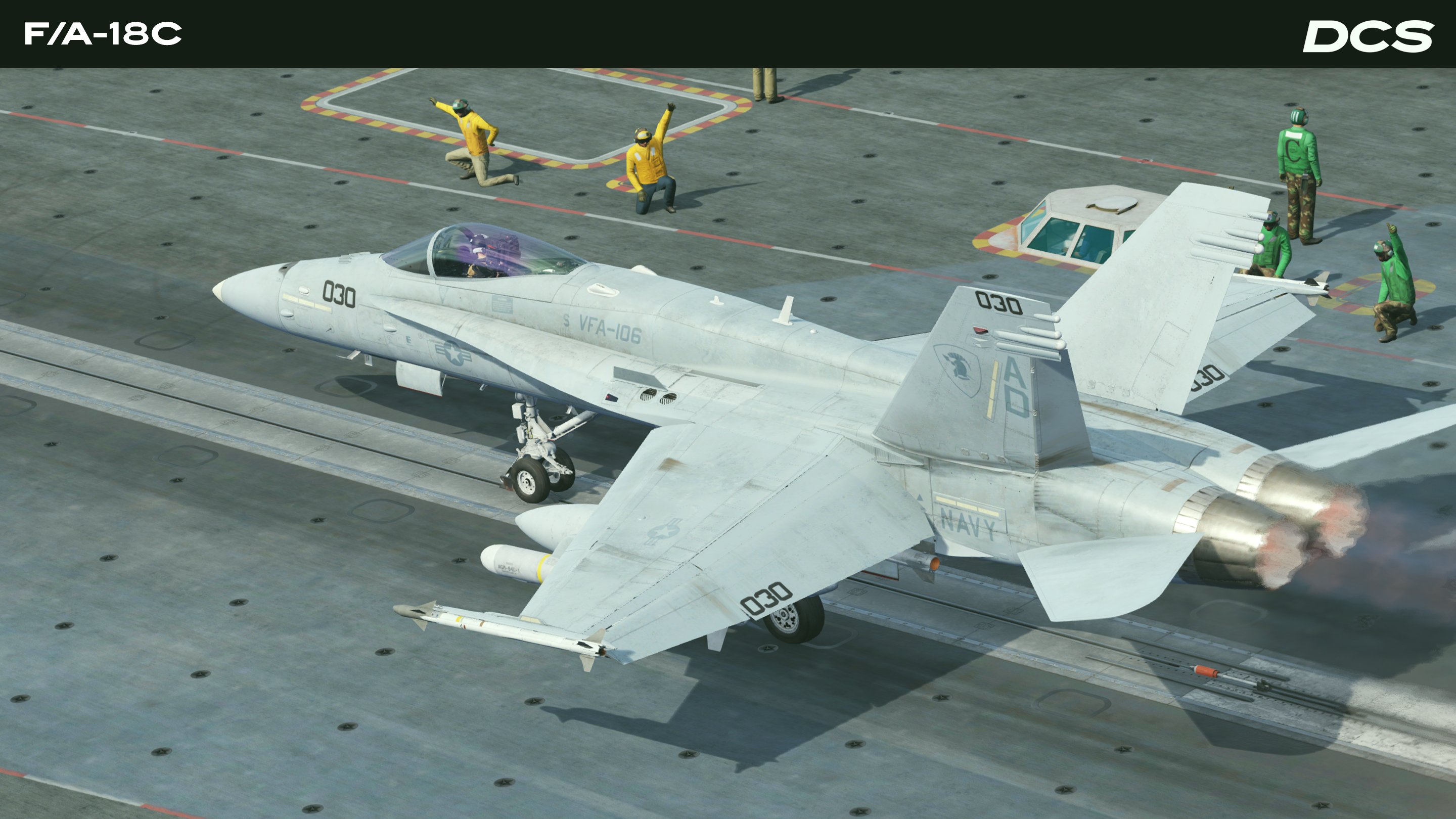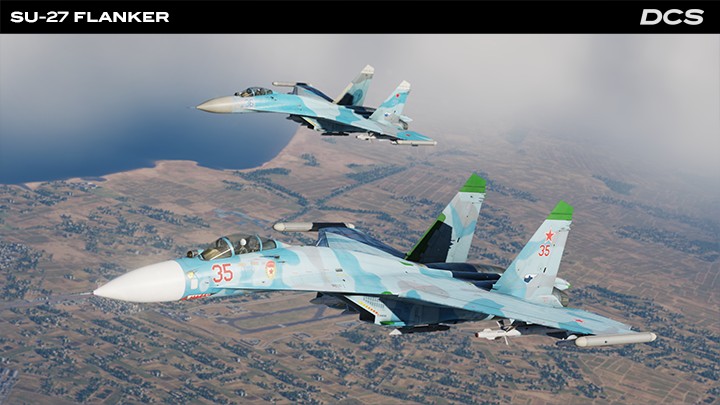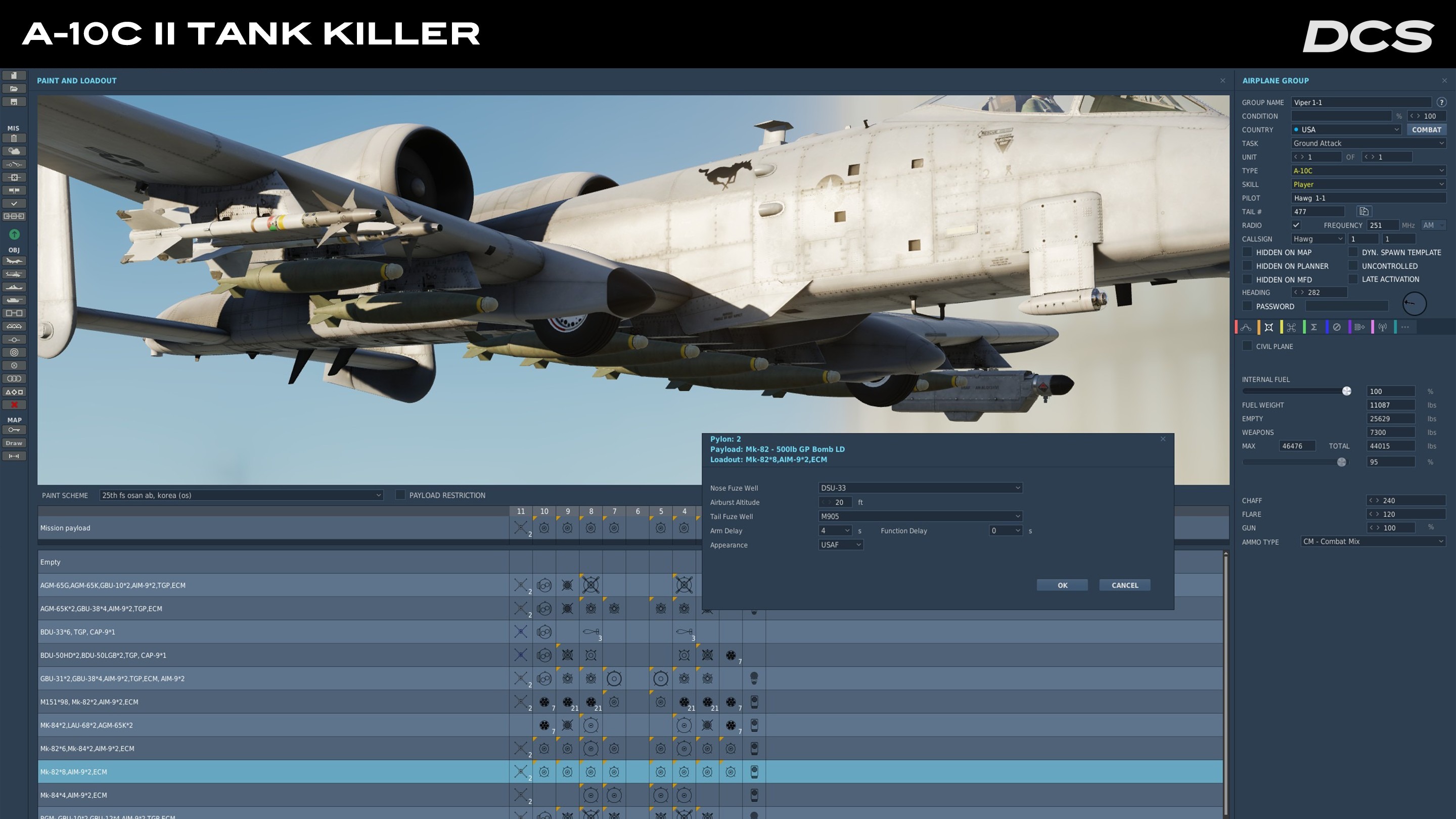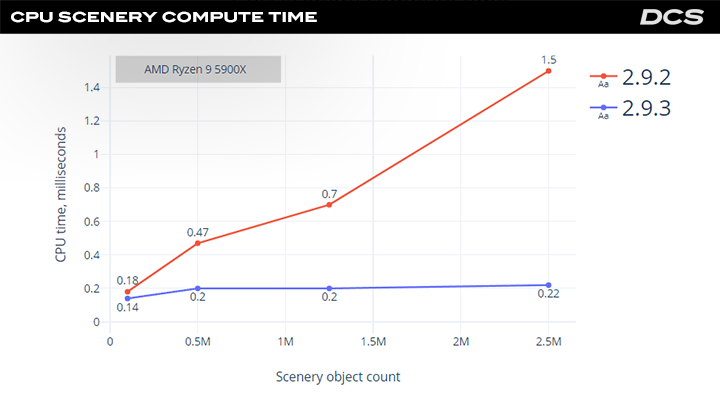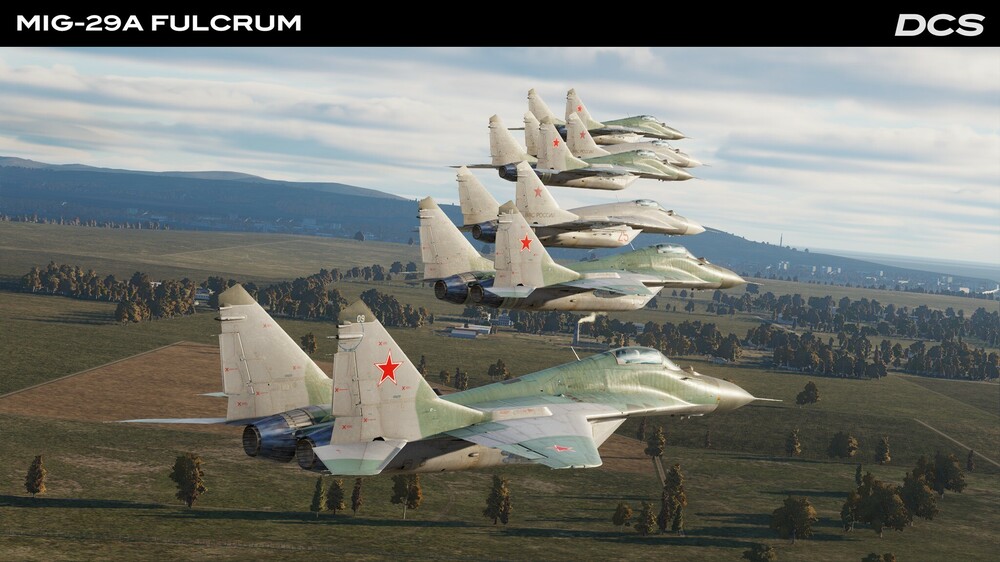DCS WORLD: Moduli Eagle Dynamics
Re: DCS WORLD: Moduli Eagle Dynamics
Graphics - ED Team ha scritto:
F/A-18C Update
The F/A-18C has been one of our most popular DCS aircraft as it provides a wealth of game play options and is nearly feature-complete. There are though a number of items that we continue to address that will further improve the realism and attention to detail of this DCS flagship aircraft.
Flight Model
For the past several months, we’ve been improving the flight dynamics of the F/A-18C to represent this aircraft’s unique flight qualities even more accurately. Much of this has been focused on expanding the F/A-18C’s high Angle of Attack (AoA) capabilities by adjusting the stabilizer scheduling. These changes will allow maneuvering up to 50 to 55 AoA, compared to mid-30s earlier. This expanded AoA capability will better allow players to take advantage of the F/A-18Cs outstanding low-speed, high-AoA maneuver capability. Note that this expanded AoA capability can result in a dramatic loss of airspeed, if not careful.
Another important improvement is the handling characteristics in Powered Approach (PA) mode when landing. During landing, you will find achieving and maintaining on-speed AoA easier. This is tied to the flight control system changes.
Nose pitch effects have also been added when the speedbrake is extended and retracted to match the real F/A-18C. Overall aerodynamic damping has also been improved to better match F/A-18C handling characteristics.
Flight Control System
The Flight Control System (FCS) has been completely reworked in all channels, and it provides much improved behavior when switching the control logic system between AUTO flaps mode to HALF\FULL flaps. You will find the transition much smoother with little to no un-commanded pitching moments. This will also make getting on-speed during landings much easier.
Roll characteristics have also been improved to better match the real aircraft with greater stability in the roll and yaw channels. This also applies to improved behavior around the longitudinal axis when taking off.
The yaw channel FCS in PA mode has also been adjusted to improve landing control in a crosswind. In total, the improvements in the FCS will make takeoff and landings much easier.
Landing Gear
The landing gear shock absorbers were adjusted to match documentation and reference videos. The F/A-18C landing gear articulation is a complex and dynamic process that is accurately modeled for carrier recoveries and touch-and-go. This change also provides improved landing control in a crosswind and addresses excessive G loads when landing. Whilst greatly improved, we will continue to tune this mechanic to allow even more accurate nosewheel touch-and-go behavior to allow lower airspeed rotation.
In addition to the landing gear mechanisms, the tires have also been adjusted to provide more authentic friction forces that will be apparent in crosswind takeoff and landings.
Engine
Engine transition thrust time was adjusted to be more accurate between afterburner and MIL thrust modes. The engine transition time is now faster from afterburner to idle. This allows you to reduce airspeed when cutting the engines to idle more quickly.
Autopilot
F/A-18C autopilot operation has been improved by tuning its behavior when initiating an altitude hold mode whilst the aircraft is unbalanced. The updated autopilot also improves holding the set altitude when in a roll and initiating an altitude hold mode. Before, you would often lose or gain hundreds of feet. Last, the autopilot control is much smoother when transitioning through waypoints in coupled mode.
Automatic Carrier Landing System
When activating the Automatic Carrier Landing System (ACLS) in coupled mode, the autopilot will use smoother and improved approach behavior.
Bye
Phant
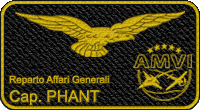

Re: DCS WORLD: Moduli Eagle Dynamics
Graphics - ED Team ha scritto:
Flaming Cliffs 3 Free upgrade
The DCS: Flaming Cliffs aircraft have received a texture refresh upgrade to their cockpit and external model textures. The F-15C, A-10A, Su-27, Su-33, and J-11 have received new cockpits and external textures, and the Su-25 has received new cockpit textures. These upgraded cockpits focus on detail and realism and include Physical Based Rendering (PBR) textures. This free upgrade enhances Flaming Cliffs 3 to 2024 texture standards and promises to maintain Flaming Cliffs 3 as an excellent choice for new and veteran DCS pilots.
Our goal is to further improve the new user experience in DCS. The Flaming Cliffs 3 aircraft provide professional-level flight models but with simplified controls that result in a shallower learning curve for new virtual pilots. The F-15C, A-10A, Su-27, Su-33, J-11, MiG-29A, MiG-29S, and Su-25 provide a variety of aircraft that range from air superiority to attack. These come with a wealth of missions and campaigns and are operable on most online servers.
DCS World Development Report
In our ongoing commitment to providing a seamless and streamlined experience for our pilots, we're excited to share positive news on the transition to a single-version approach, eliminating the distinction between Stable and Open Beta versions.
This move is aimed at ensuring all players enjoy the latest features, updates and improvements simultaneously. Please make sure to get familiar with the more harmonious and collaborative DCS World by updating to the latest version now! Notably included in this update is a performance improvement for terrains, an impressive set of new liveries from Polychop for the DCS: SA-342 Gazelle, as well as improvements to the DCS: MB-339 flight and collision model by IndiaFoxtEcho. We have also delivered a large number of bug fixes for DCS: AH-64D, DCS: F-16C Viper and DCS: F/A-18C.
Bye
Phant


Re: DCS WORLD: Moduli Eagle Dynamics
Graphics - ED Team ha scritto:
Weapons Development Progress
We are pleased to share our progress on improving the functionality of the Mission Editor Payload settings window and the in-mission Rearm and Refueling pop-up. These interfaces will allow you much finer control of fuze settings, laser-codes, cluster bomb settings, unique 3D fuze models, and more. These panels will allow you to take “weaponeering” to the next level in DCS.
More specifically, we have focused on implementing bomb features that are relevant for modern munitions that include both general purpose bombs, sub-munitions, and guided munitions. This specifically includes setting the laser code (PRF) for laser-guided munitions like Paveway II and III, target spin rate at bomblet release for CBU-type munitions, airburst heights for munitions with radio-altimeters, and even adjusting seeker and control system parameters for weapons that have this capability.
Based on the nose fuze selection, the 3D models are now adjusted accordingly and even include sub-variants for nose plugs. We are also including bomb casings differences between USAF and US Navy weapons.
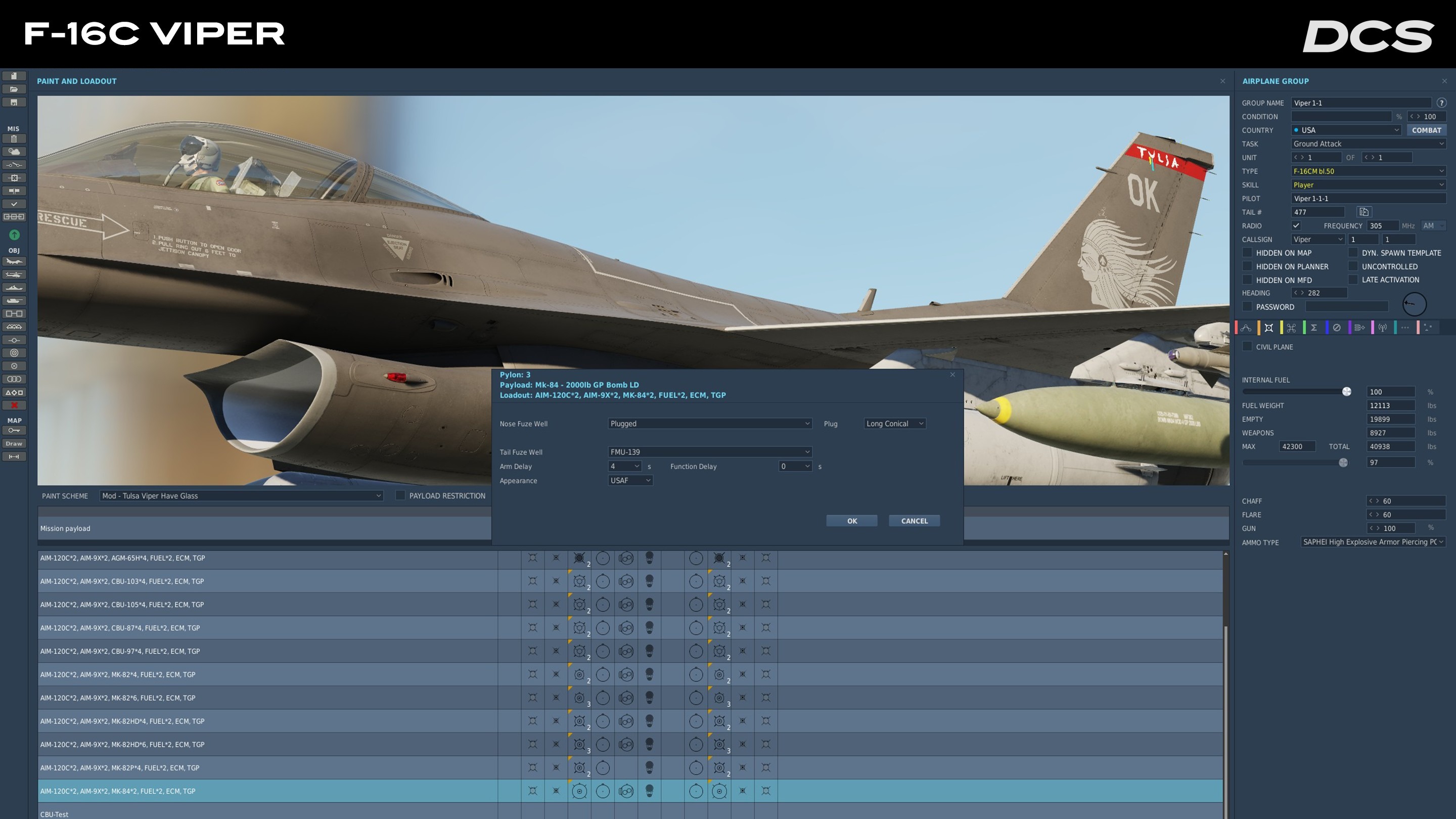
Bye
Phant


Re: DCS WORLD: Moduli Eagle Dynamics
Graphics - ED Team ha scritto:
Terrain Scenery Development Report
As DCS maps have increased quality, detail, realism, and complexity over the years, it’s been a challenge to balance this with maintaining a decent level of performance. With the most recent and upcoming maps, we have raised the bar to higher to provide a better balance. This has led us to rethink our approach to terrain scenery computing, instancing, and streaming.
Our task was to create a flexible system focused on utilizing and saturating an increasing number of compute cores in modern GPUs.
The new scenery compute system achieved our ambitious goals of:
- increased GPU performance
- improved VRAM management
- increased CPU performance
- improved streaming from storage disk to VRAM with optimised CPU usage
Our tests indicate a notable performance increase in densely built up scenes, depending on graphics settings and hardware. Please provide us with feedback on your enhanced DCS performance, we look forward to it!
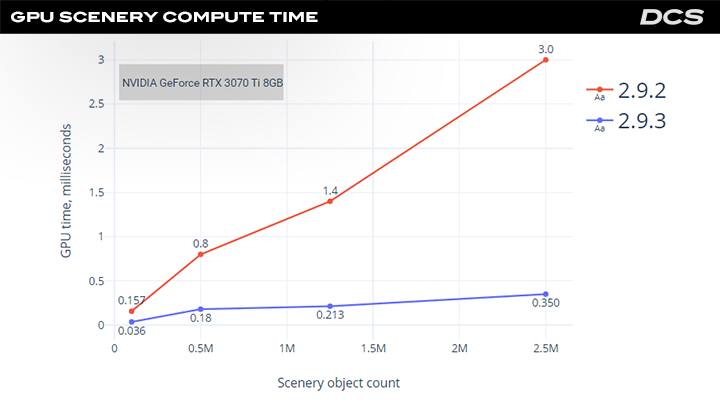
Bye
Phant


Re: DCS WORLD: Moduli Eagle Dynamics
Graphics - ED Team ha scritto:
MiG-29A Fulcrum Announcement
Our MiG-29A, NATO codename Fulcrum, will be the export modification of the “A” version that was supplied to Warsaw Pact countries. The MiG-29A was designed to counter all types of aerial targets with radar- and infrared-guided R-27, R-73, and R-60 air-to-air missiles and its single-barreled 30mm cannon with 150 rounds of ammunition. The MiG-29A also has limited visual ground attack capability with 50 to 500 kg bombs, cluster bombs, and unguided S-5, S-8 and S-24 rockets.
The MiG-29A can operate day or night and in all weather conditions. Its radar is capable of look-down / shoot-down in a heavy electronic countermeasure environment. The weapons control system consists of two complexes: the Fire Control Radar (FCR) and the Optical-Electronic Targeting Navigation System (OETNS). The OETNS includes an optical-electronic sighting system (OESS), a navigation system, a weapon control system, a unified display system, and multifunctional control panels. The OEPS includes an optical location station OLS that consists of an Infrared Search and Track System (IRST), a Laser Range Finder (LRF), and a Helmet-Mounted Sight (HMS) designation system.
The MiG-29 is equipped with the SPO-15 “Beryoza” Radar Warning Receiver (RWR) defence system that is designed to warn of radar-directed weapon attacks. To protect against infrared-guided weapons, the MiG-29A features flare dispensers.
The navigation system consists of on-board navigation equipment, a vertical and heading information complex, and an airborne signal system as part of the Optical-Electronic Targeting Navigation System (OETNS).
Key features of the DCS module: MiG-29A Fulcrum
- At Early Access Release:
- Fully interactive and highly detailed cockpit that is based on 3D laser scanning and photogrammetry.
- Highly detailed and accurately reproduced external model.
- Highly detailed pilot model.
- In-depth study of aircraft systems and equipment.
- Detailed model of the navigation system with the gyro platform reference system, air data computer, and navigation equipment.
- Defensive equipment to include the SPO-15LM “Beryoza” and Flare dispenser system.
- Fire Control Radar with authentic modes for aerial targets.
- OETNS with modes for air and ground targets.
- At Final Release:
- Addition of Identify Friend or Foe interrogation system.
- Addition of Ground Control Intercept (GCI) command system.
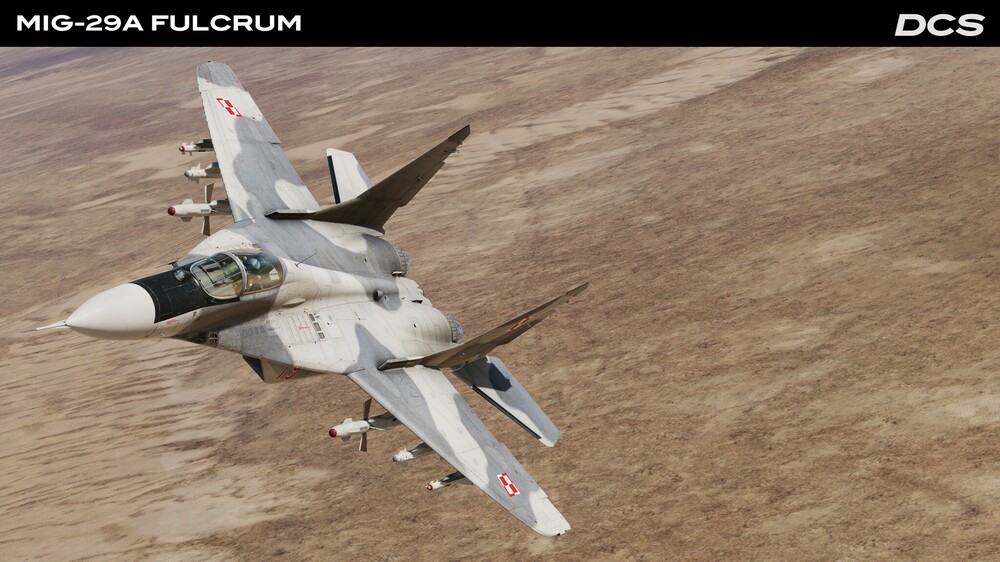
Bye
Phant


Re: DCS WORLD: Moduli Eagle Dynamics
Graphics - ED Team ha scritto:
15th Anniversary Q&A Videos Performance
F-16C Viper Development Report
F-16C INS+GPS System Overview
The navigation system on the DCS: F-16C Viper is a complicated mixture of technical solutions that are intended to supply the avionics with coordinates, velocity, and angles, that are characterised by precision, availability, integrity and autonomy. This is achieved by the cooperative work of the Inertial Navigation System (INS) and Global Positioning System (GPS) whose navigation inputs are processed through a Kalman filter in the Modular Mission Computer (MMC). Let’s discuss each of the components in detail.
INS
The Inertial Navigation System is an autonomous device that performs dead reckoning of aircraft coordinates by measuring the accelerations and then integrating them twice whilst taking into account the aircraft’s orientation in space. The latter is obtained from the F-16 ring-laser gyros. This type of INS is termed “strapdown” as there are no rotating parts. Basically, INS consists of three accelerometers, each for one orthogonal axis, and three gyros.
The main features of INS improvements are:
- Autonomy, as it doesn’t require any external signals to do dead reckoning.
- Stability in a short period of time (5-10 minutes).
- Noticeable error accumulation over longer periods of time based on the physics of dead reckoning. Together with the integration of accelerations (to update speed) and integration of position (to update coordinates), the small errors at the level of accelerations that are introduced by accelerometer noises and imperfect alignment are integrated twice as well.
Furthermore, the larger those errors are, the faster they accumulate due to the so-called integral correction of INS, which updates the local Earth gravitational force vector with the coordinates and adds them into the relative angles of the G vector.
Another distinctive feature of INS is the Schuler Oscillation with a period of 84.4 minutes. Due to the integral correction algorithm mentioned above, the INS behaves like a pendulum. In ideal circumstances, it stays in equilibrium while the aircraft moves along the Earth. When coordinate errors appear, it displaces the pendulum from the resting point and it starts oscillating. The larger the errors are, the larger the amplitude of the introduced oscillations. That’s why one may notice that INS errors get smaller at a rate of 84.4 minutes once airborne.
GPS
Global positioning system measures the aircraft position by measuring the signal propagation delay from GPS satellites to the receiver. Satellite orbits are precisely known, the exact positions of the satellites are computed according to an almanack that is transmitted in the same GPS radio signals. That’s why GPS needs a couple of minutes after the cold to start obtaining the almanack. The moments of the signal transmission are also known and are defined by a very precise atomic clock on board the satellite. Thus, in an ideal case, if the GPS signals are propagated through space with the constant speed of light, as they do in a vacuum, the receiver could precisely determine its position by intersecting the surfaces of equidistant radio signal delays from the satellites. You may think of it as spheres with centres located at the satellite’s positions, although it’s a bit more complicated in real life. However, there are two significant factors that prevent us from obtaining the ideal point of the surface intersections; the ionospheric delay and multipath. Both add unknown time to the actual signal propagation time. Multipath happens when the receiver is placed relatively near the ground and the signal may be reflected from ground objects that results in the signal's edges degrading; this is similar to an echo in the mountains where it’s too hard to tell one word from another. When such delays are unexpectedly added by the receiver, the precise navigation solution gets lost and the output
coordinate gets noisy. That’s where military GPS signals help to get a better signal resolution by the use of so-called P-codes, and the usage of dual frequency helps to eliminate the unknown ionospheric delay.
Integrated solution. Kalman filtering
To summarise the above: we have two navigation systems, both of which have flaws: INS accumulates errors over time, GPS is noisy and prone to interference due to natural factors like multipath and ionospheric delay and to enemy jamming and spoofing. Here is the good news! There is a way to avoid these flaws with the Kalman filter. It takes GPS and INS coordinates together with speeds as its input. The Kalman filter is a great algorithm that is able to get the maximum precision even out of measurements far from ideal, and it takes the best aspects from both systems: the stability and autonomy of INS and the precision of GPS to obtain an integrated navigation solution that is both stable and precise.
Furthermore, the Kalman filter knows, in terms of mathematical equations, the dynamic properties of the aircraft that is moving through space. If the aircraft is moving, it predicts where the aircraft will be on the next filter step. That’s why it is called recursive and the filter won’t let erroneous GPS signals decrease the precision of the output navigation solution. Moreover, it is able to dynamically change its measurements vs. prediction weights to adjust to a degraded navigation precision of any input.
Bye
Phant


